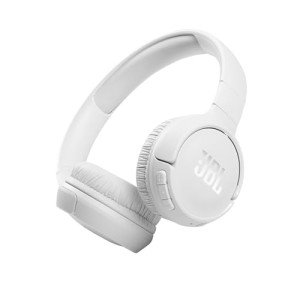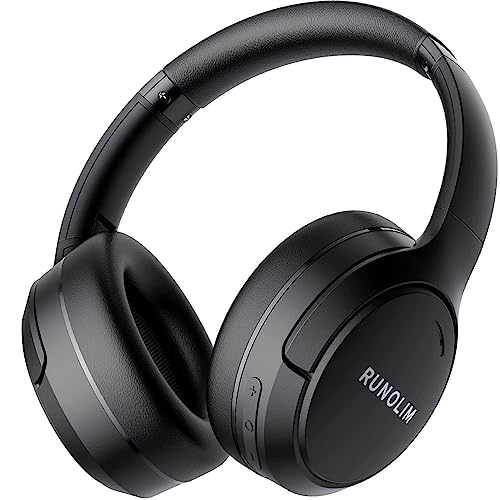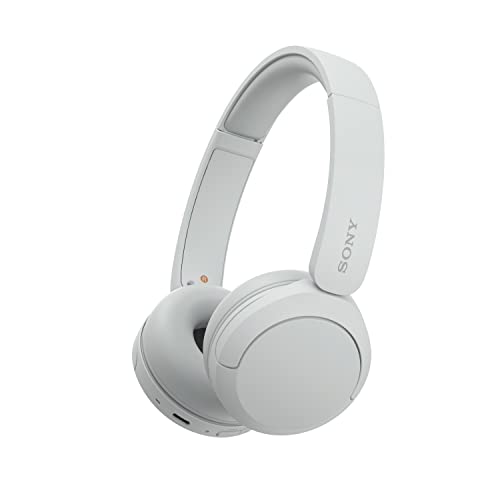In today's fast-paced world, audio technology has undergone a rapid transformation, making it an essential part of our daily lives. Among the various audio devices available, wireless over-ear stereo headphones with microphones have emerged as a popular choice for music lovers, gamers, and professionals alike. This guide provides an in-depth look at these headphones, discussing their features, benefits, drawbacks, and offering answers to frequently asked questions.
Understanding Wireless Over-Ear Stereo Headphones
Wireless over-ear stereo headphones are designed to provide superior comfort and sound quality while eliminating the hassle of tangled cords. These audio devices fit comfortably around the ears, providing passive noise isolation that enhances the listening experience. With built-in microphones, they are perfect for voice calls, gaming, and video conferencing.
Key Features
- Sound Quality: Most wireless over-ear headphones boast advanced audio technology to deliver high-fidelity sound, rich bass, and detailed mid and high frequencies.
- Comfort: With cushioned ear pads and an adjustable headband, these headphones are designed for prolonged use without discomfort.
- Battery Life: Many models offer impressive battery life, typically ranging from 20 to 40 hours of continual playback, depending on the brand and features.
- Bluetooth Connectivity: These headphones usually employ Bluetooth technology for wireless connectivity, allowing users to connect seamlessly to smartphones, tablets, and laptops within a reasonable range.
- Integrated Microphone: An integrated microphone allows for hands-free use, making it easy to take calls or access voice assistants.
- Noise Cancellation: Many premium models incorporate active noise cancellation (ANC), which actively reduces ambient sounds to provide a more immersive listening experience.
Benefits of Wireless Over-Ear Stereo Headphones with Mic
1. Freedom of Movement
Wireless headphones eliminate the need for cords, enabling users to move freely without restrictions. This is especially beneficial during workouts, commutes, or while multitasking at home or work.
2. Enhanced Audio Experience
Over-ear designs provide passive noise isolation that enhances sound quality by blocking out external noise, making them ideal for listening to music or participating in online meetings.
3. Versatile Usage
These headphones can be used in various scenarios:
- For Music Lovers: Deliver rich sound quality for music enthusiasts.
- For Gamers: Provide immersive sound along with clear communication through the microphone.
- For Professionals: Ideal for video conferences and remote work, allowing for seamless communication.
4. Portability
Most wireless over-ear headphones come with foldable designs or carrying cases, making them easy to transport.
5. User-Friendly Controls
Modern headphones are equipped with intuitive controls for volume adjustment, track changing, and call management, often located on the ear cups for easy access.
Drawbacks of Wireless Over-Ear Stereo Headphones
Despite their many advantages, wireless over-ear headphones also come with a few drawbacks:
- Price: High-quality wireless models can be more expensive than wired counterparts.
- Battery Dependency: They require charging, and battery life can vary, causing concern during long listening sessions.
- Connectivity Issues: Bluetooth technology, while convenient, can occasionally experience interference or connectivity issues.
- Weight: Some models can be bulkier than their on-ear or in-ear counterparts, making them less portable for some users.
Popular Brands and Models
Here are some of the leading brands and popular models that have garnered positive reviews:
- Sony WH-1000XM4
- Bose Noise Cancelling Headphones 700
- Sennheiser Momentum 3 Wireless
- Apple AirPods Max
- Jabra Elite 85h
Buying Guide: What to Look for When Choosing Wireless Over-Ear Headphones
- Sound Quality: Look for headphones with a balanced sound profile and good bass response.
- Battery Life: Check the rated hours of playback; models with quick charging features are a bonus.
- Comfort: Test for lightweight materials and well-cushioned ear pads.
- Noise Cancellation: For an immersive experience, consider models with active noise cancellation.
- Microphone Quality: Ensure the microphone provides clear audio for calls and meetings.
- Durability: Examine the build quality and warranty for a longer lifespan.
FAQs
Q1: Are wireless over-ear headphones suitable for gaming?
Yes, many wireless over-ear headphones come with low-latency modes for gaming, ensuring minimal lag, clear audio, and a good built-in microphone for communication.
Q2: How do I connect my wireless headphones to my device?
Most wireless headphones use Bluetooth technology. Activate pairing mode on the headphones, go to your device's Bluetooth settings, and select the headphones from the list.
Q3: Can I use wireless headphones while charging?
Typically, most wireless models support using them while charging. However, this feature may vary, so it’s best to consult the product manual.
Q4: Are they waterproof?
While some wireless headphones come with water and sweat resistance ratings (like IPX4), most over-ear models are not designed to be fully waterproof.
Q5: How do I maintain the battery life?
To maximize battery longevity, avoid leaving the headphones empty for extended periods, update firmware regularly, and use power-saving features when available.
Wireless over-ear stereo headphones with microphones represent a significant leap in personal audio technology. With their blend of comfort, sound quality, and versatility, they cater to a wide range of users. However, understanding their features, benefits, and occasional limitations can help individuals make informed decisions. As technology continues to evolve, these audio devices are likely to become even more advanced, further enhancing the way we experience sound in our everyday lives.






